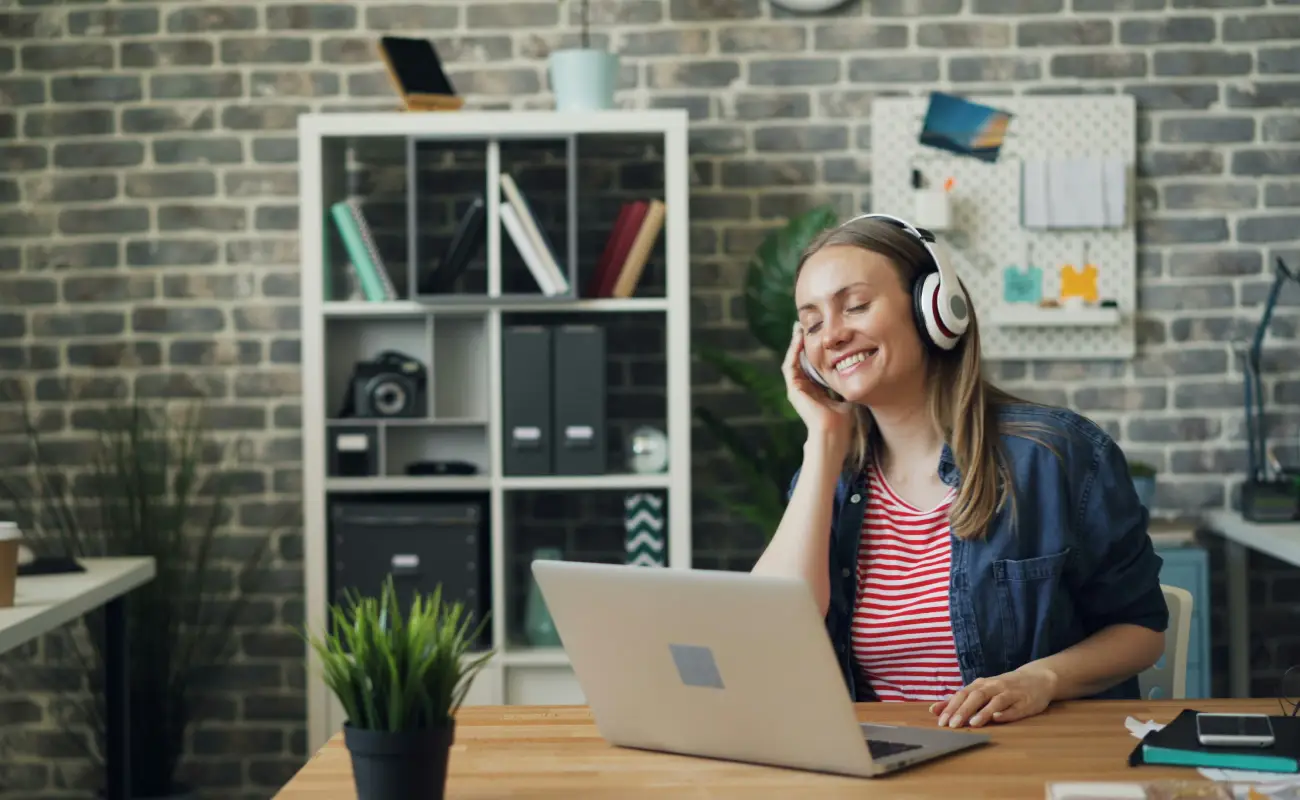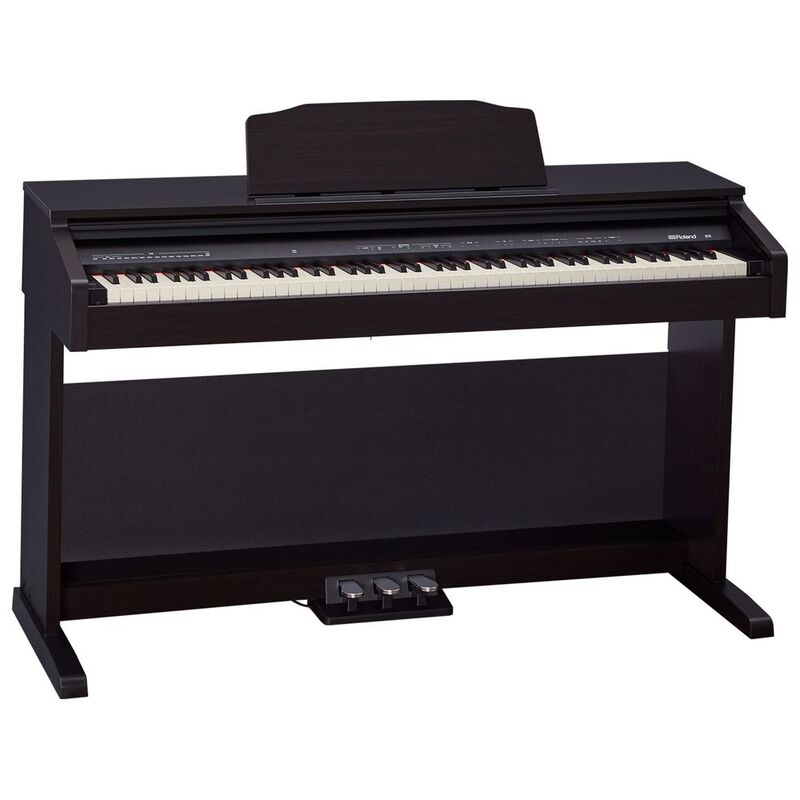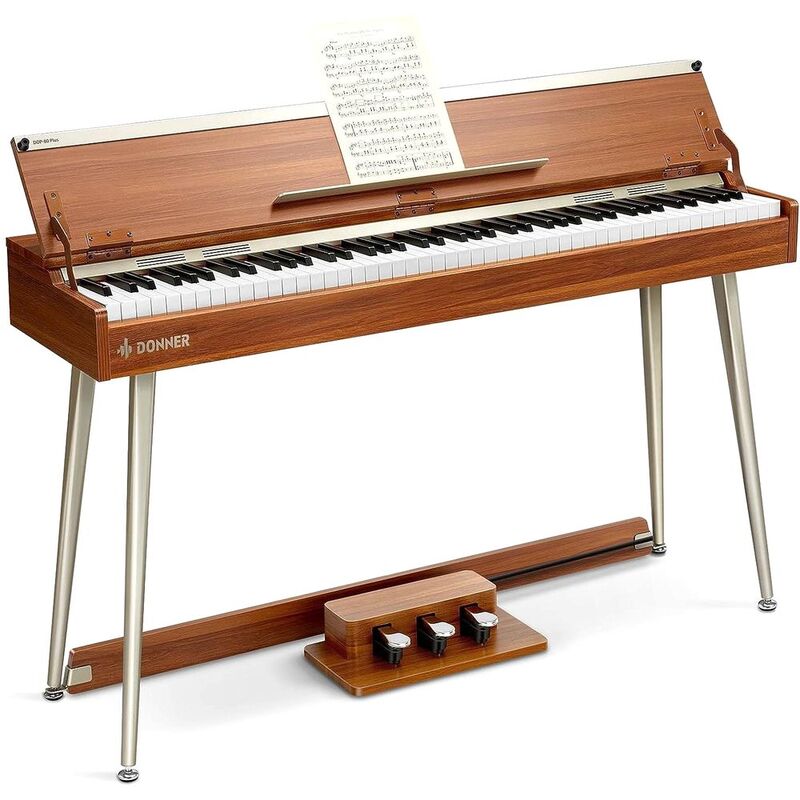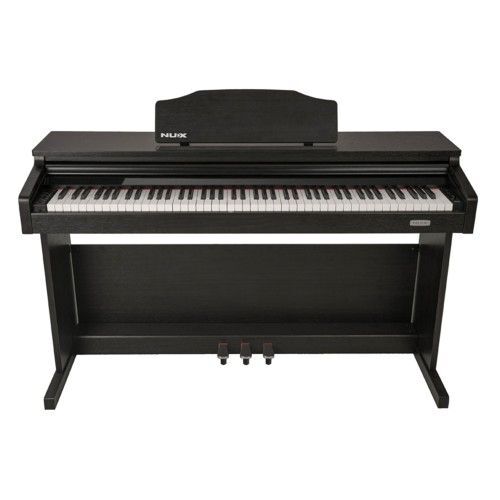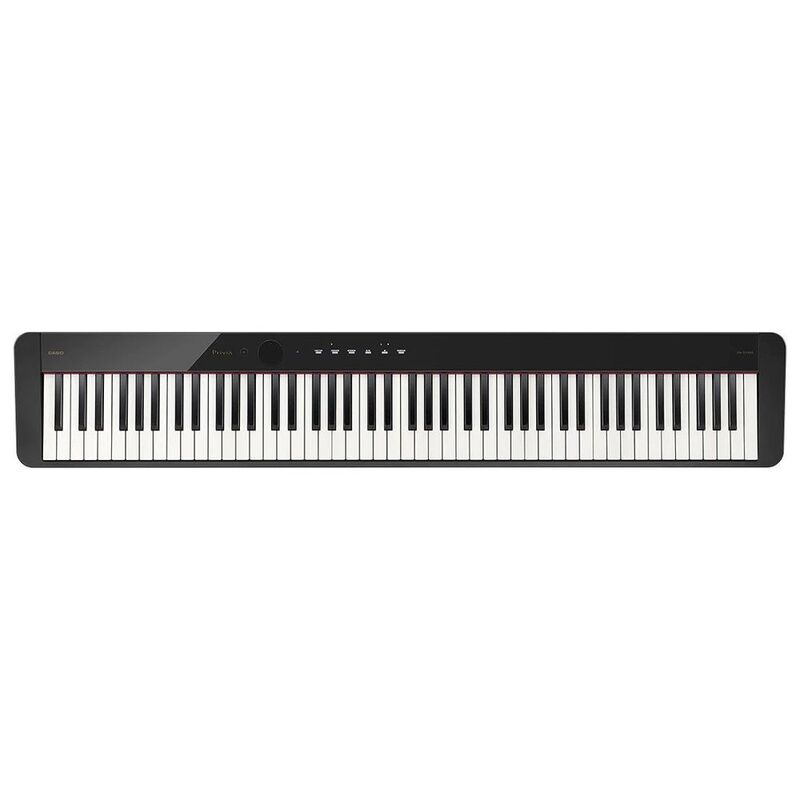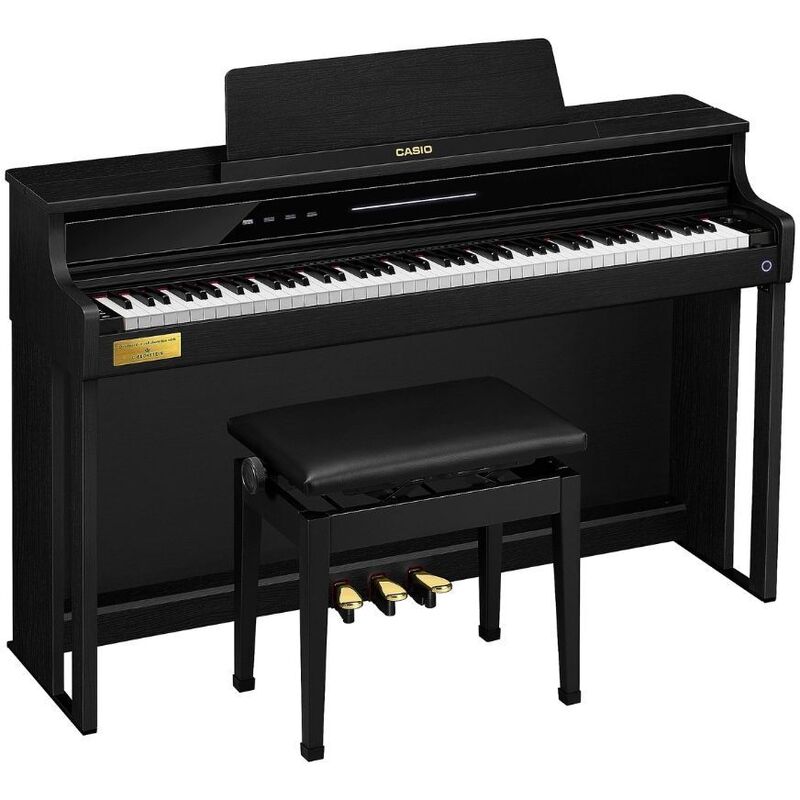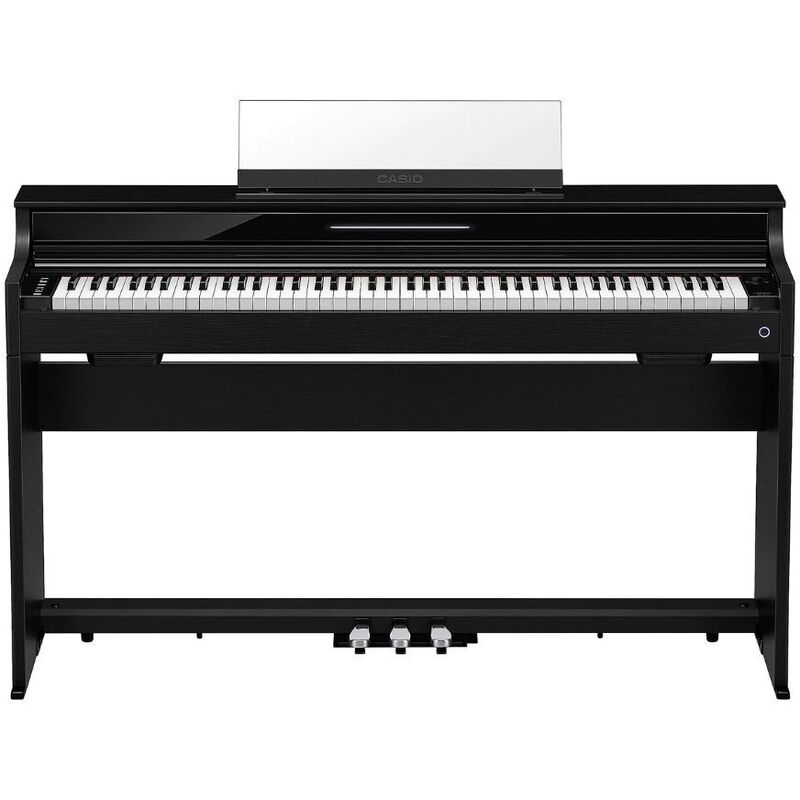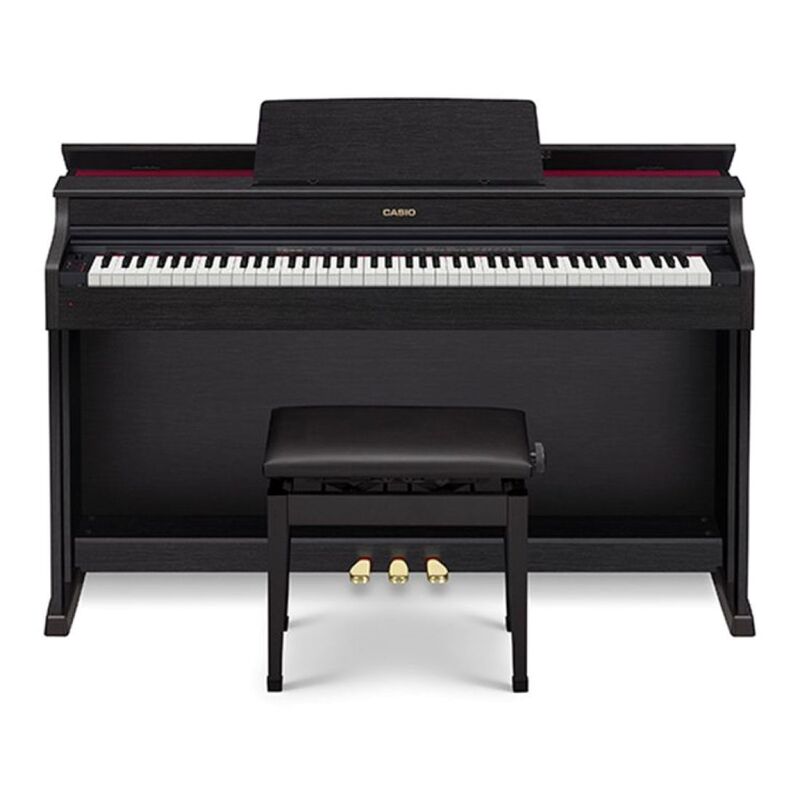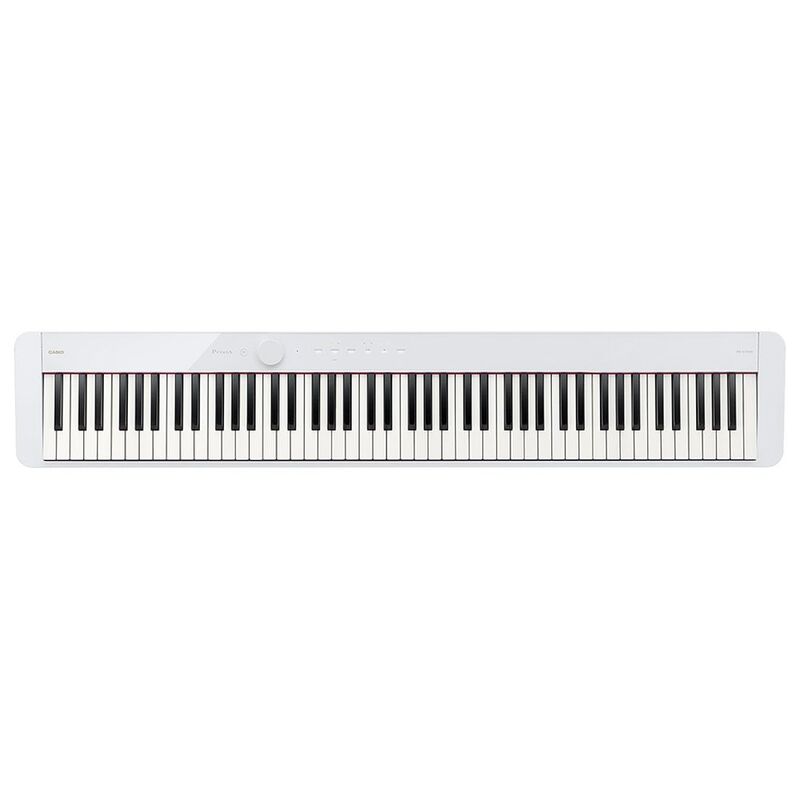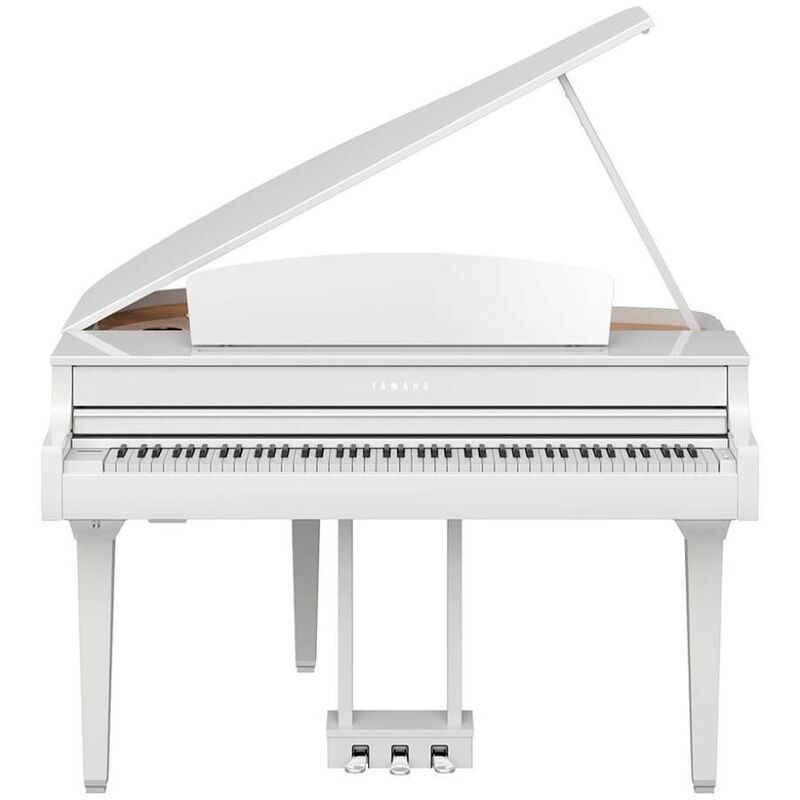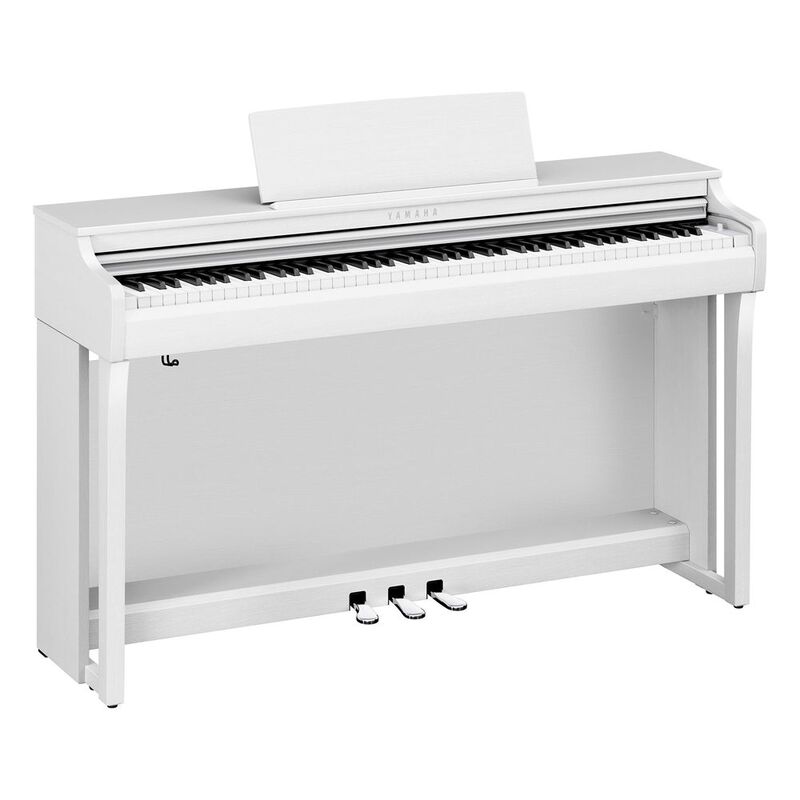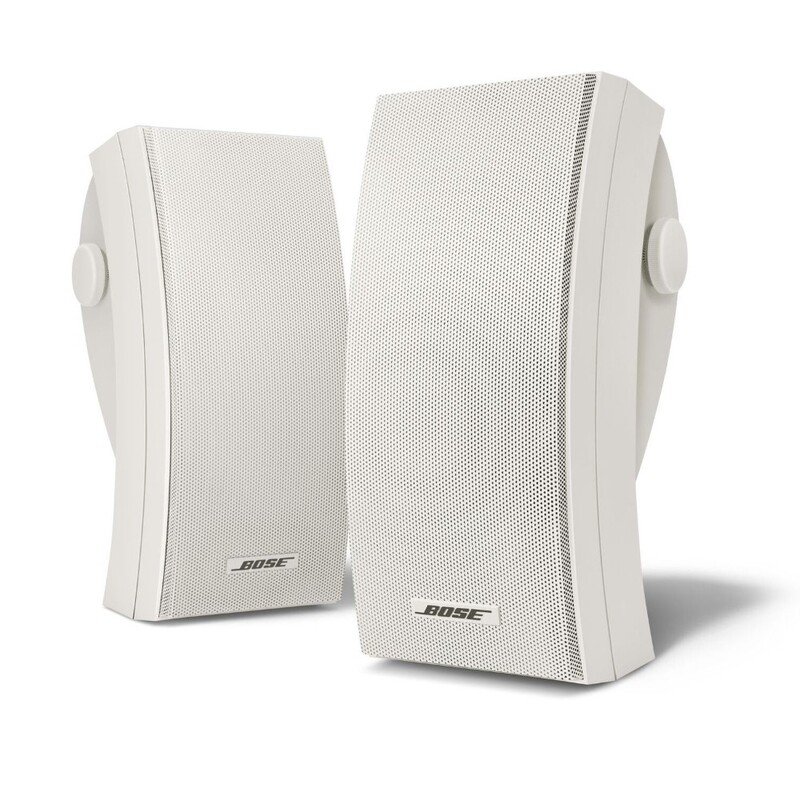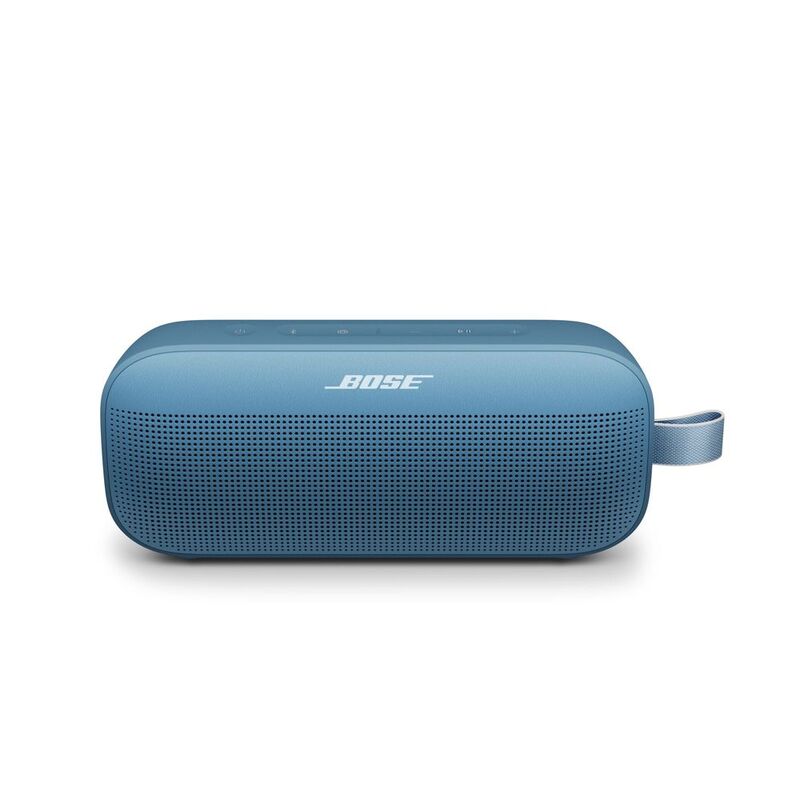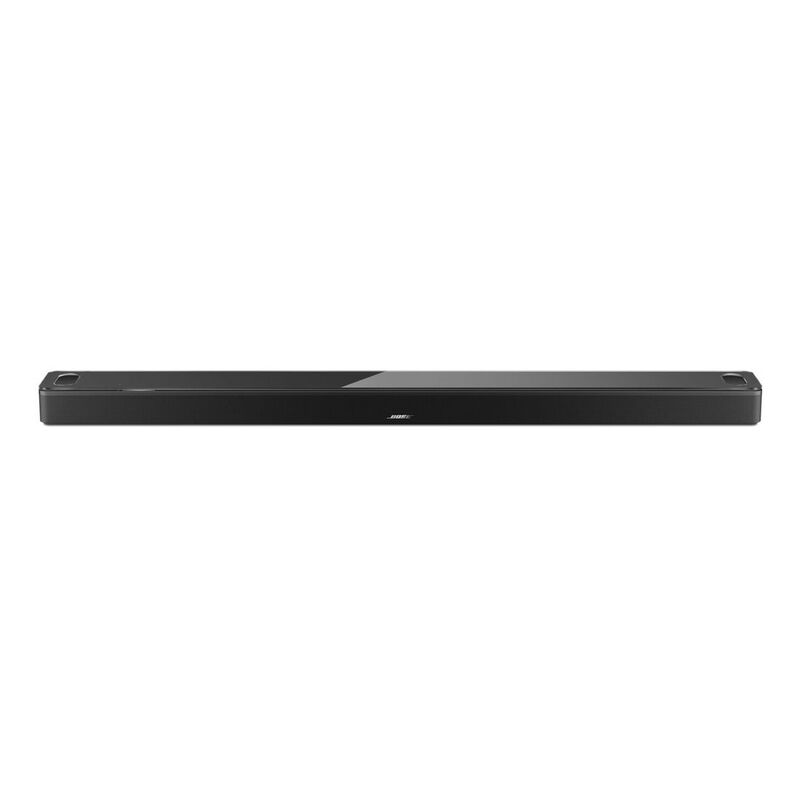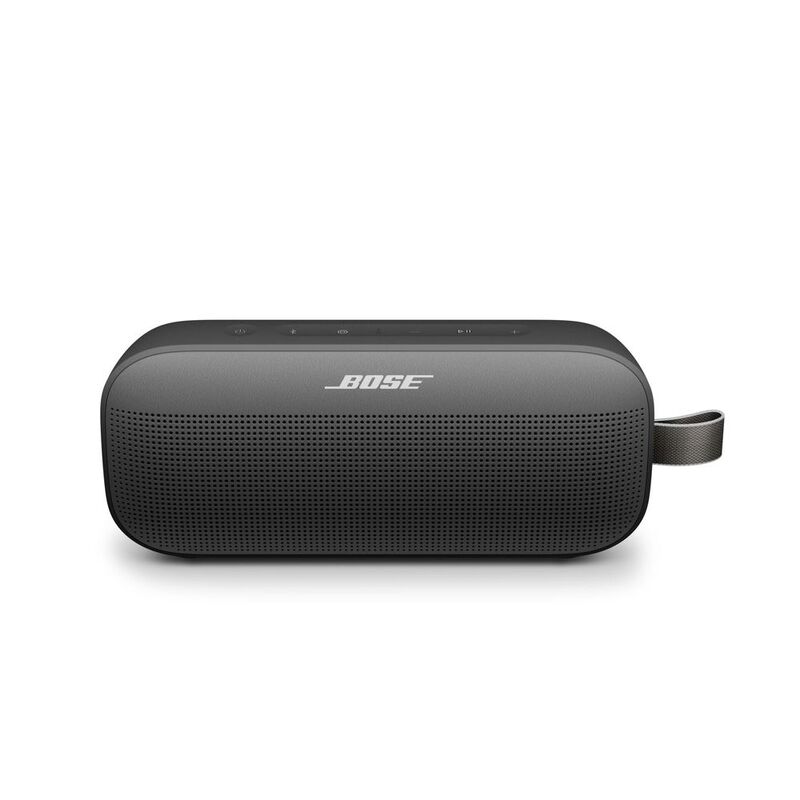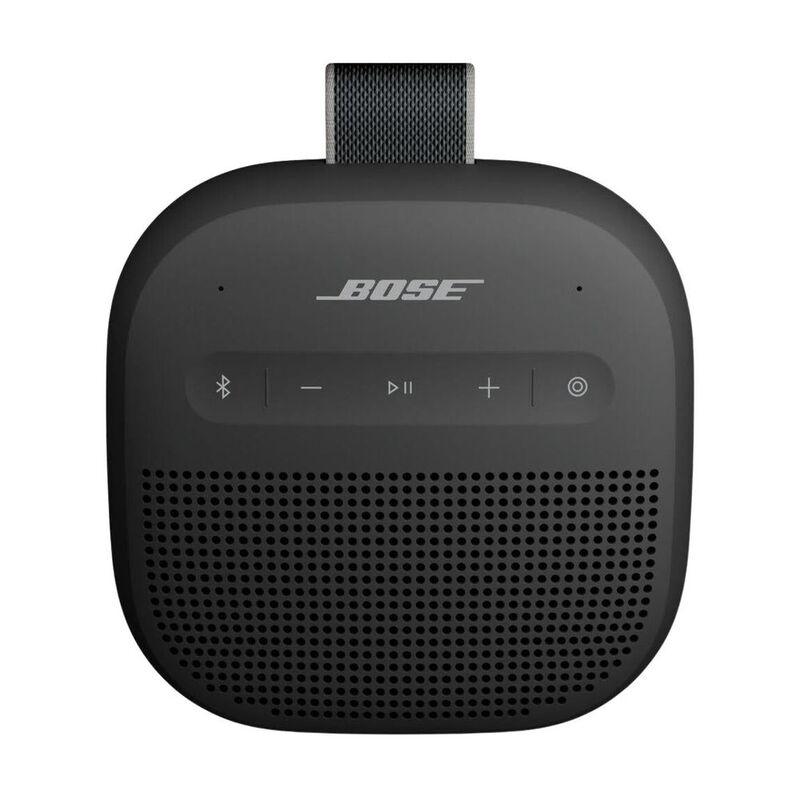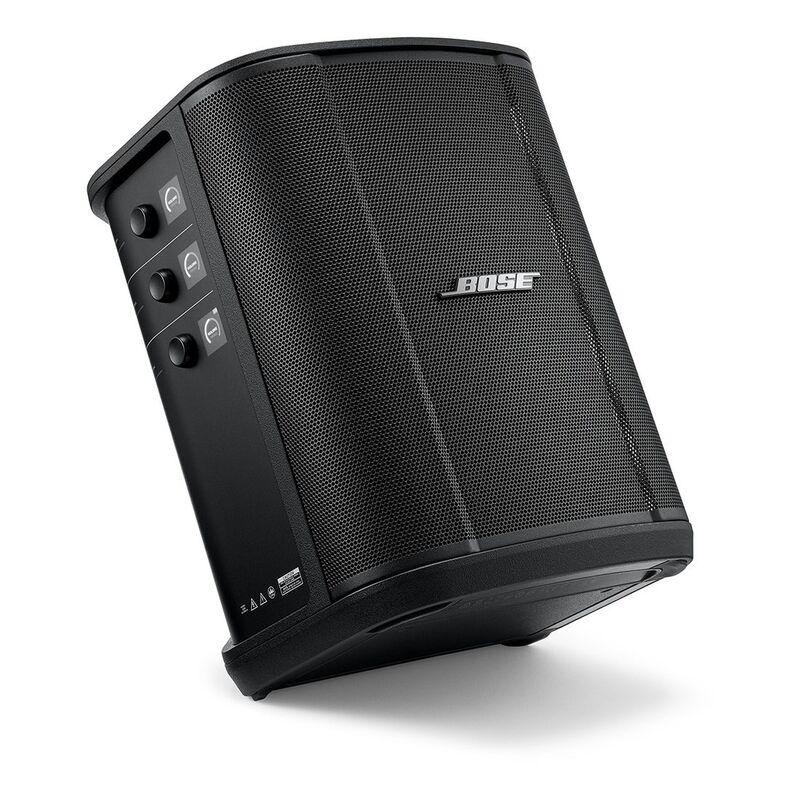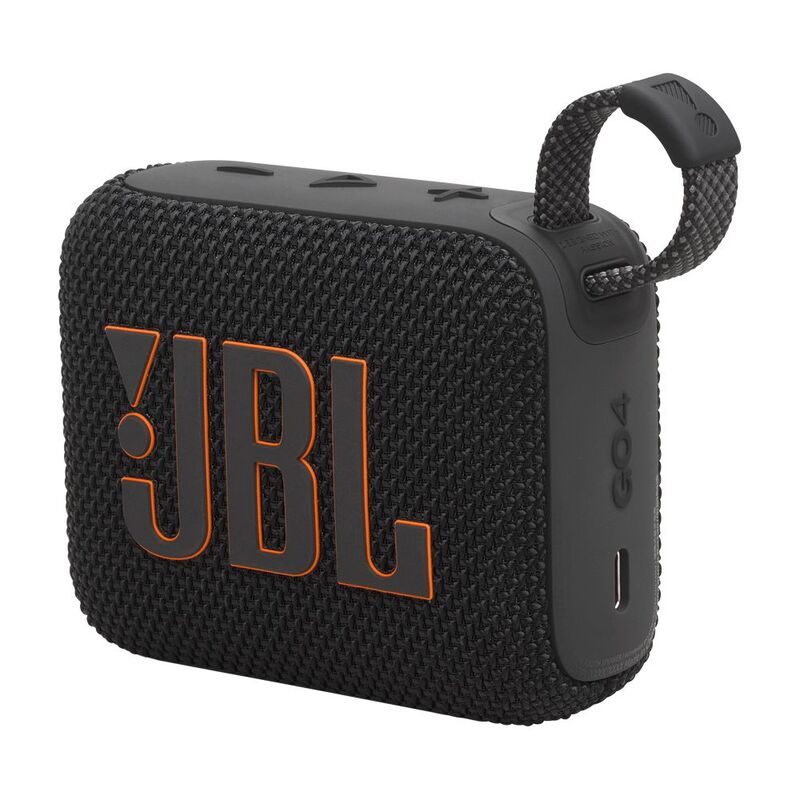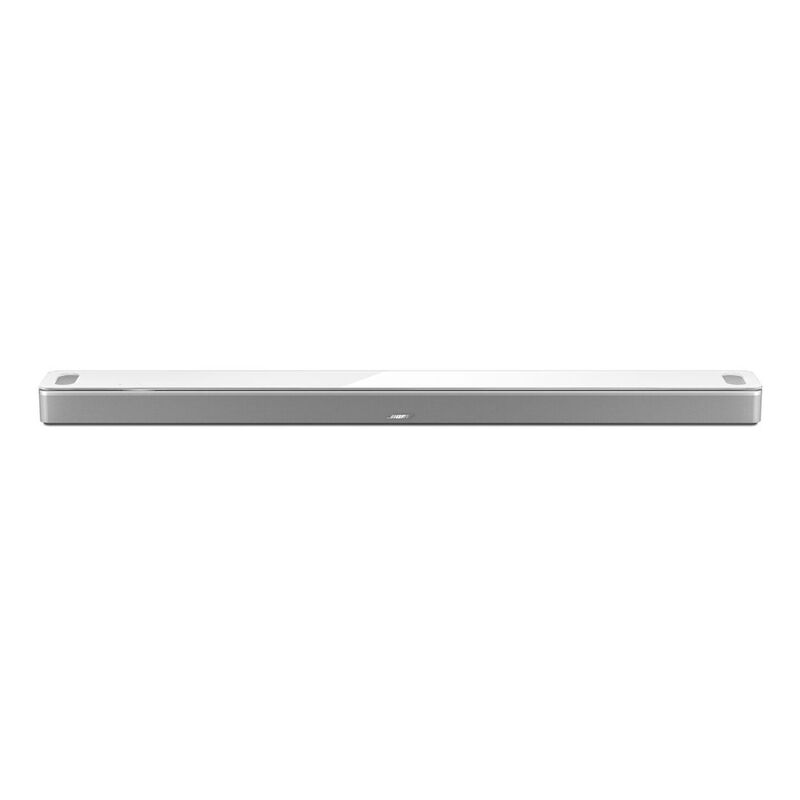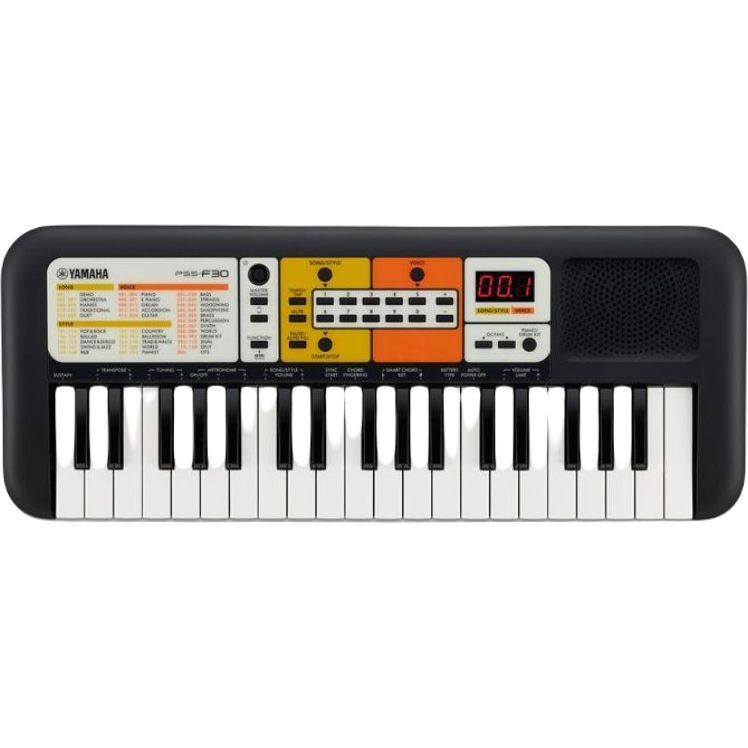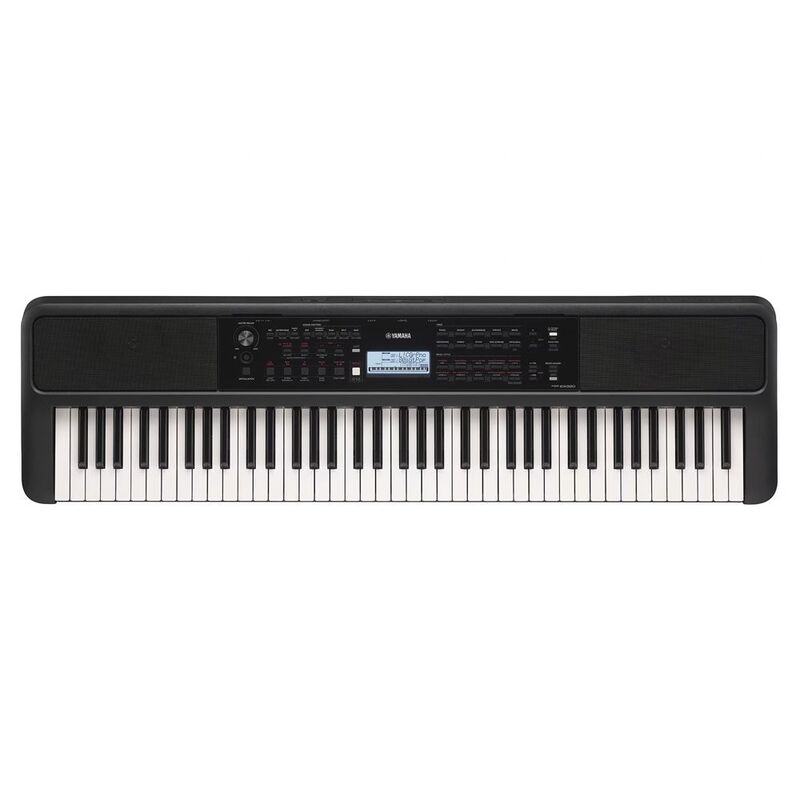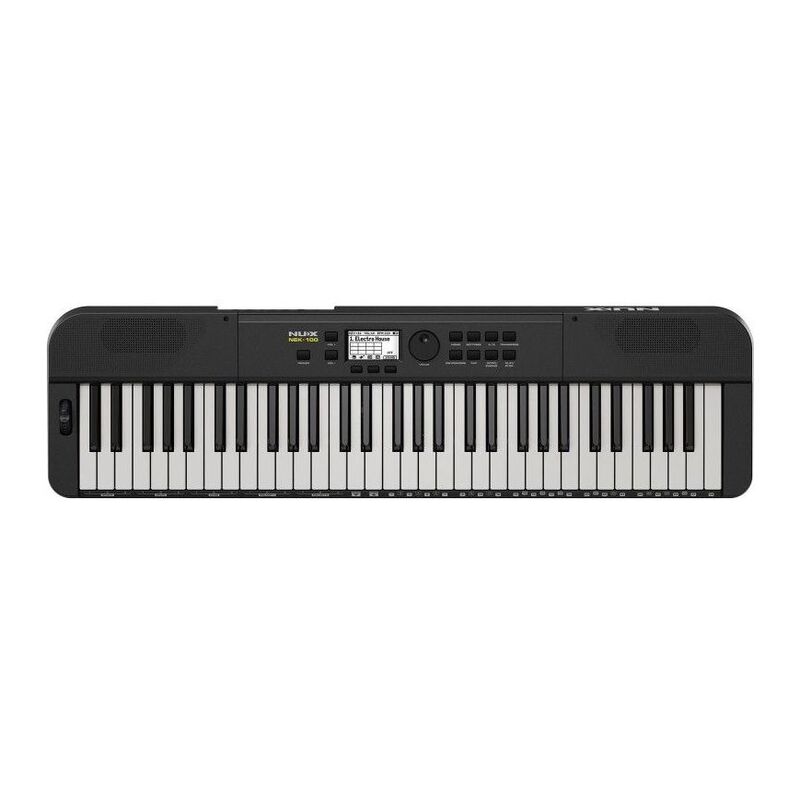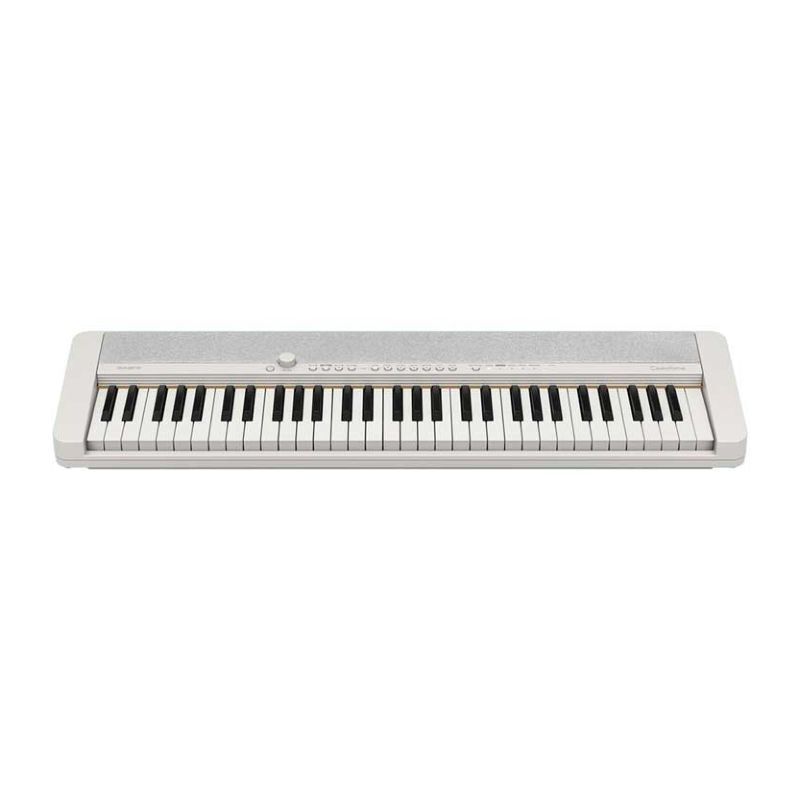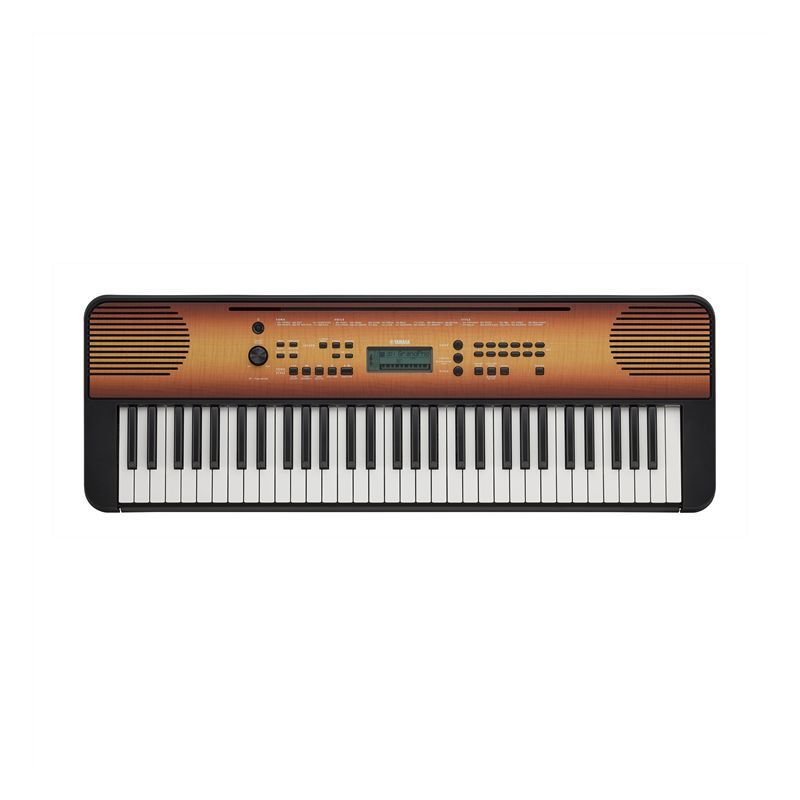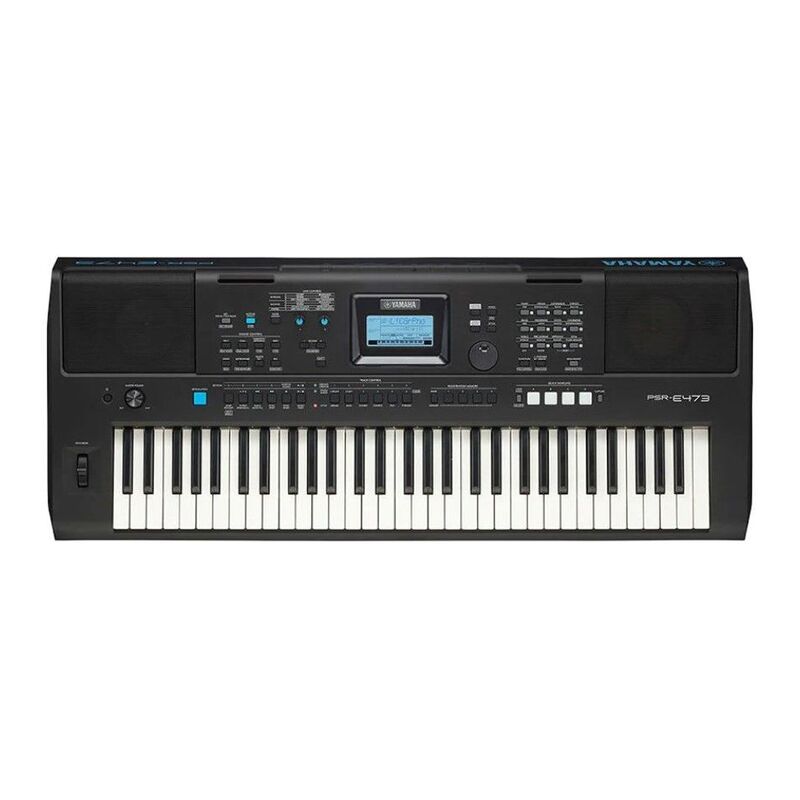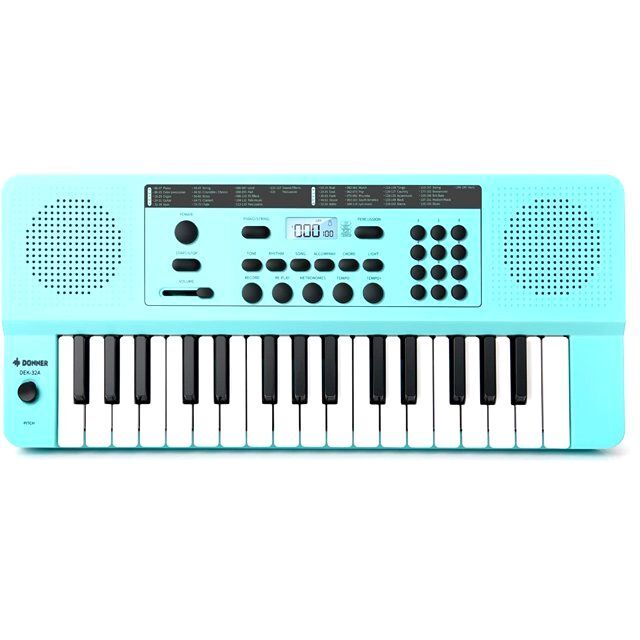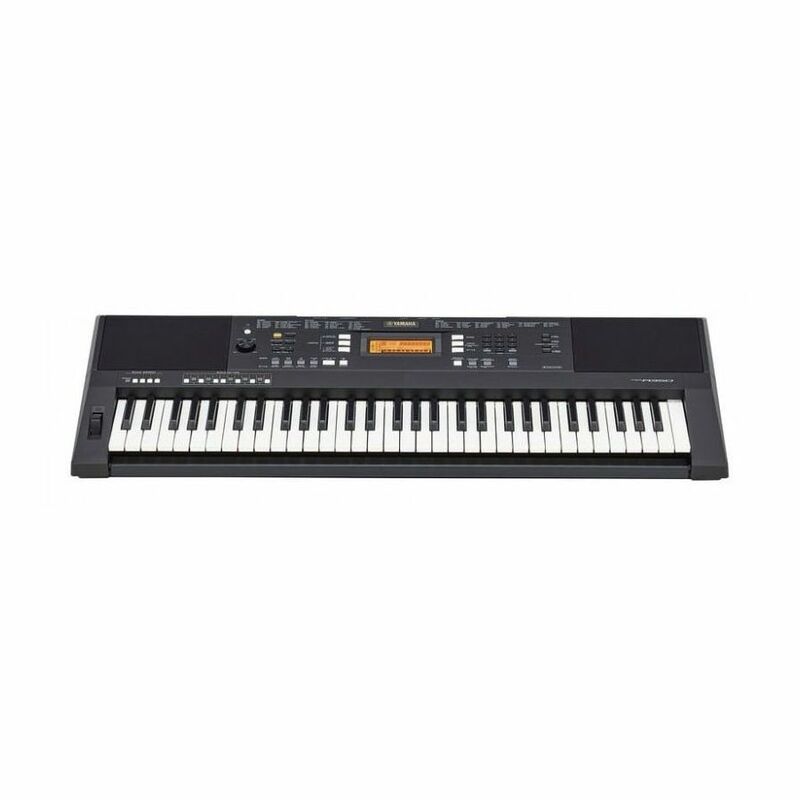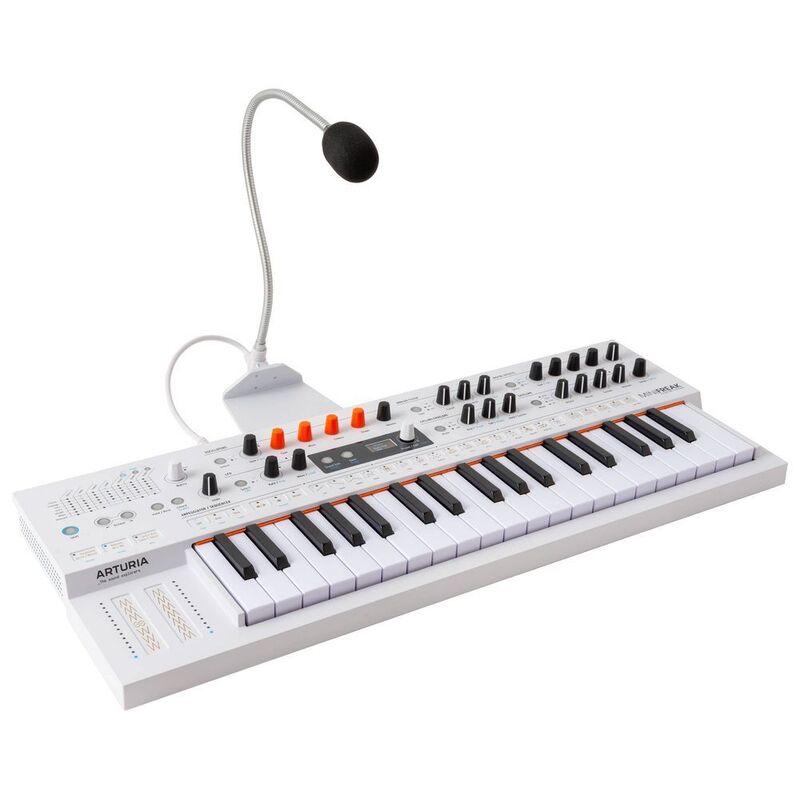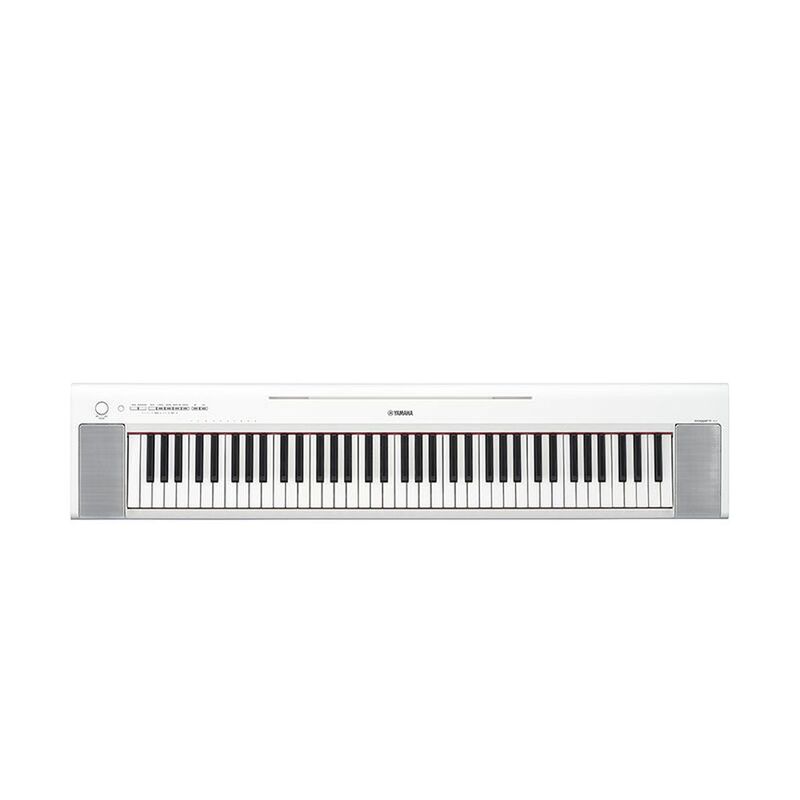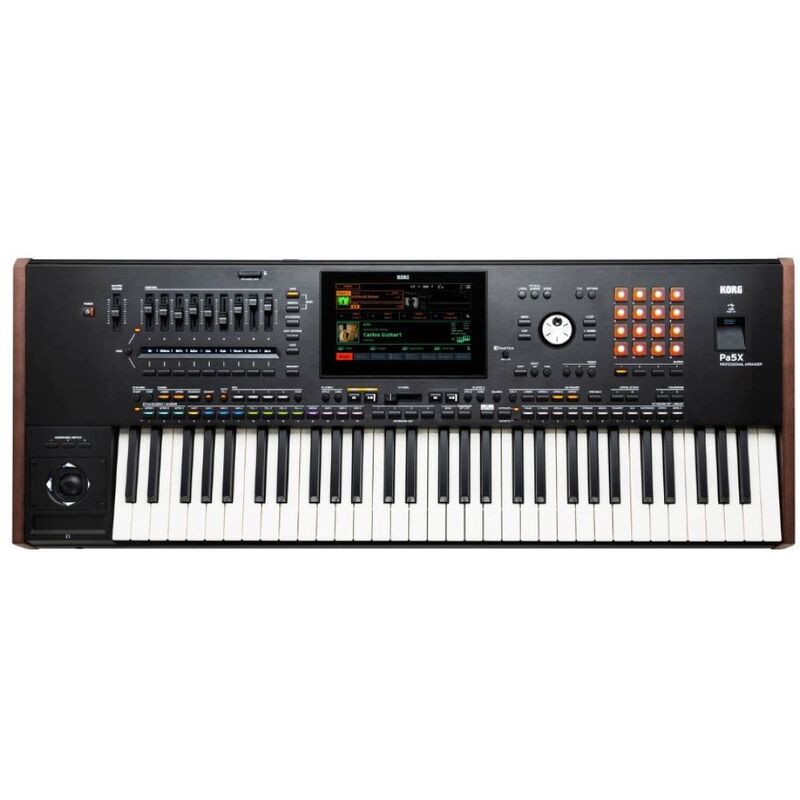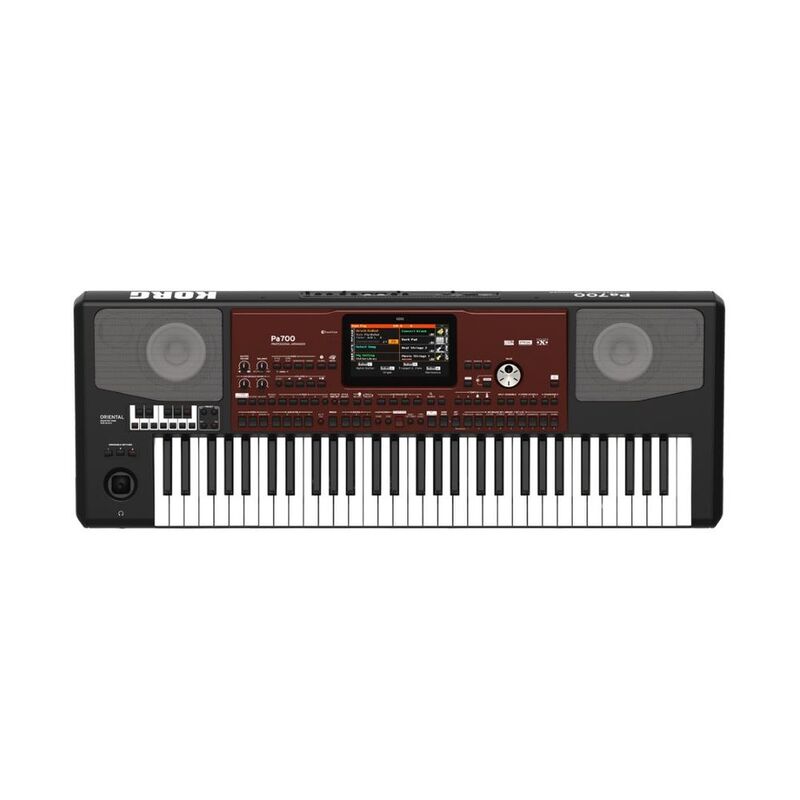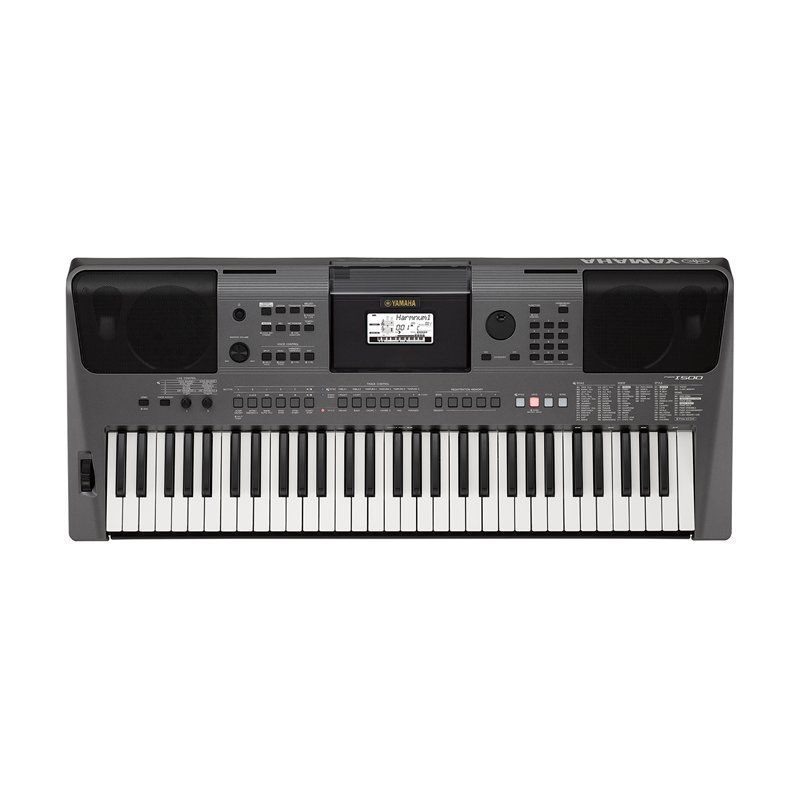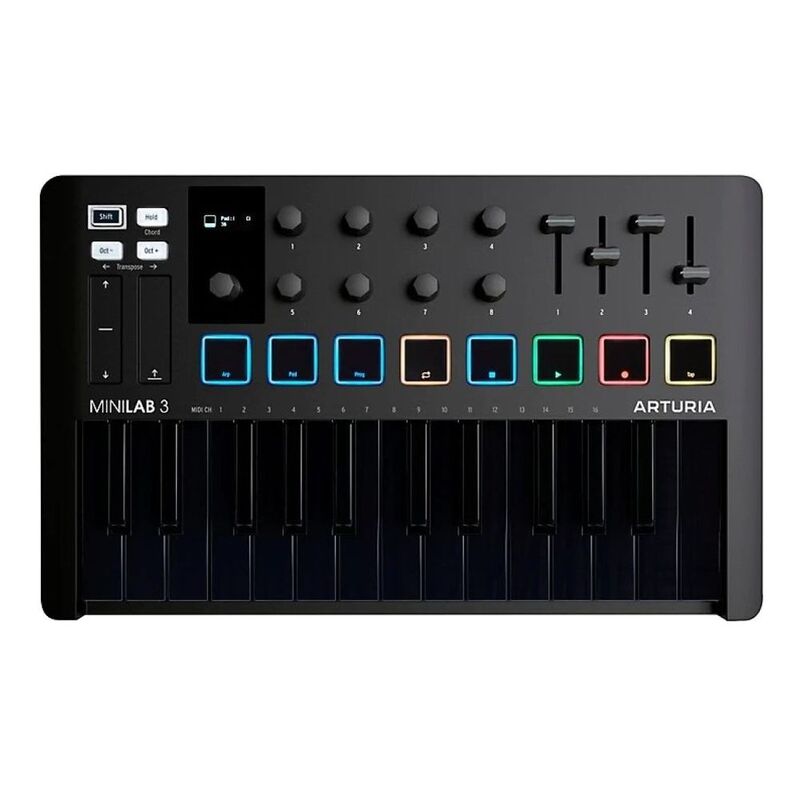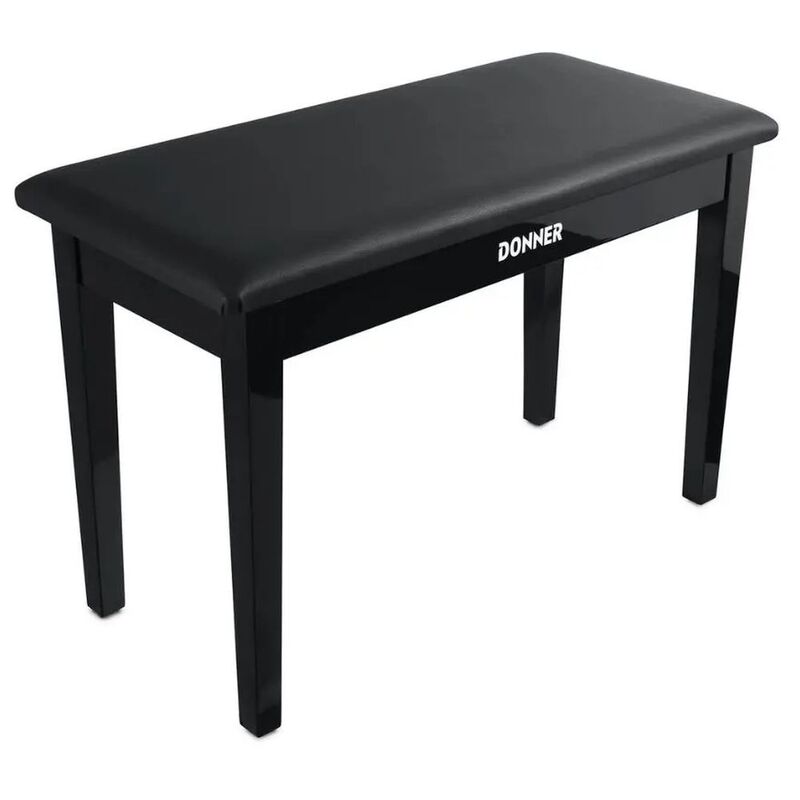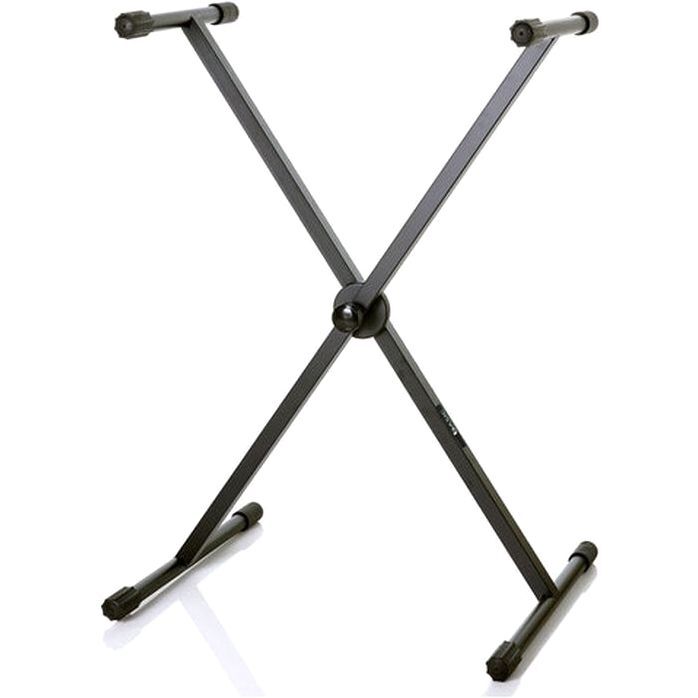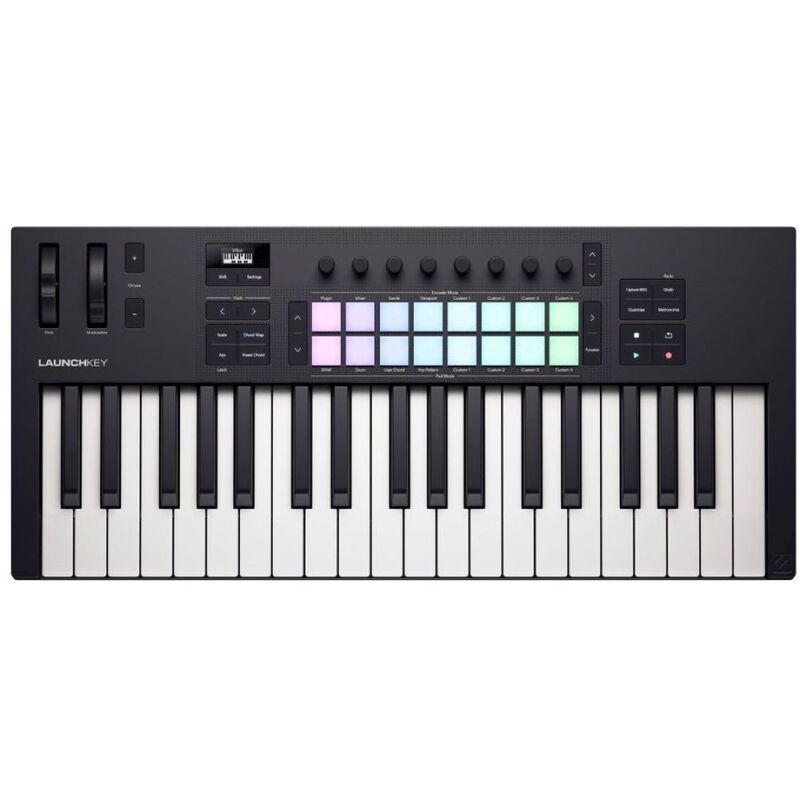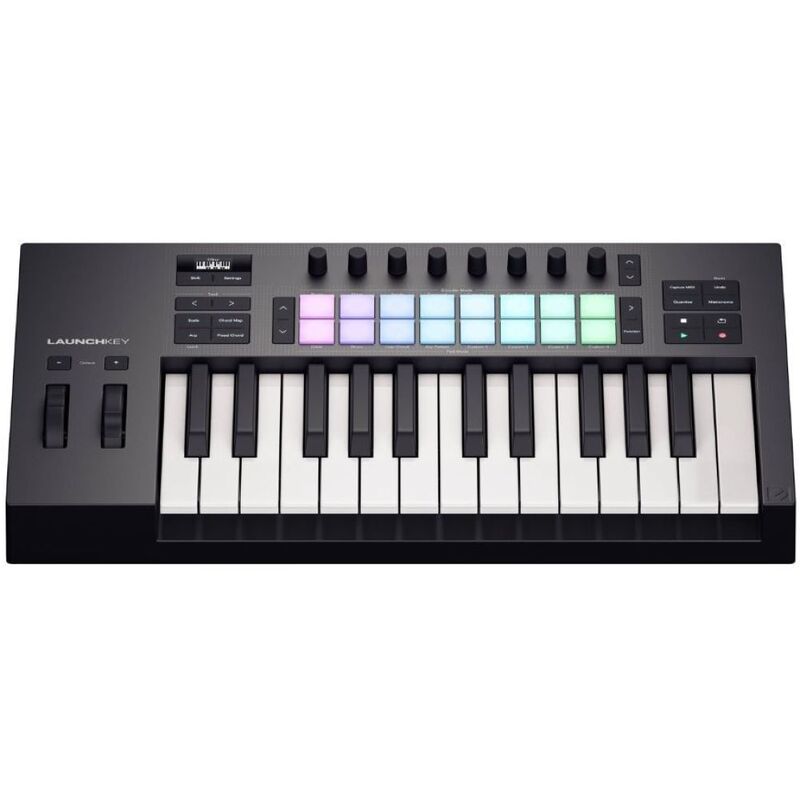How to choose a piano as a beginner?
Choosing the right piano is more than just picking an instrument. It’s about finding the perfect guide and tool to start your musical adventure, and we're here to help you make the perfect choice!
Let's break down the things to look for when buying your first piano:
1. Understand Types of Pianos

If you are a beginner, the best piano type typically depends on your budget, space, and learning goals.
Digital pianos are often the top choice due to their affordability, compact size, and minimal maintenance. They offer features like weighted keys to simulate the feel of an acoustic piano, making them a great option for developing proper finger technique.
Also, most digital pianos include built-in learning tools, metronomes, and recording capabilities, which can be really helpful in the learning process.
Beginner piano options:
The Yamaha CLP-875 is a great option for beginners. The piano offers the GrandTouch keyboard and advanced 3-way speakers with bidirectional horns for an authentic grand piano experience. The responsive keyboard and pedals mimic a grand piano’s touch and feel.
The budget-friendly CASIO AP-270 Celviano 88-Key Digital Piano also gives you an authentic grand piano experience with its AiR Sound Source technology and dual grand piano tones. Its tri-sensor scaled hammer action keyboard and simulated ebony, and ivory keys provide a natural, luxurious touch. Additional features like damper resonance, concert play, and app connectivity are great for your learning process.
2. Evaluate Touch and Feel
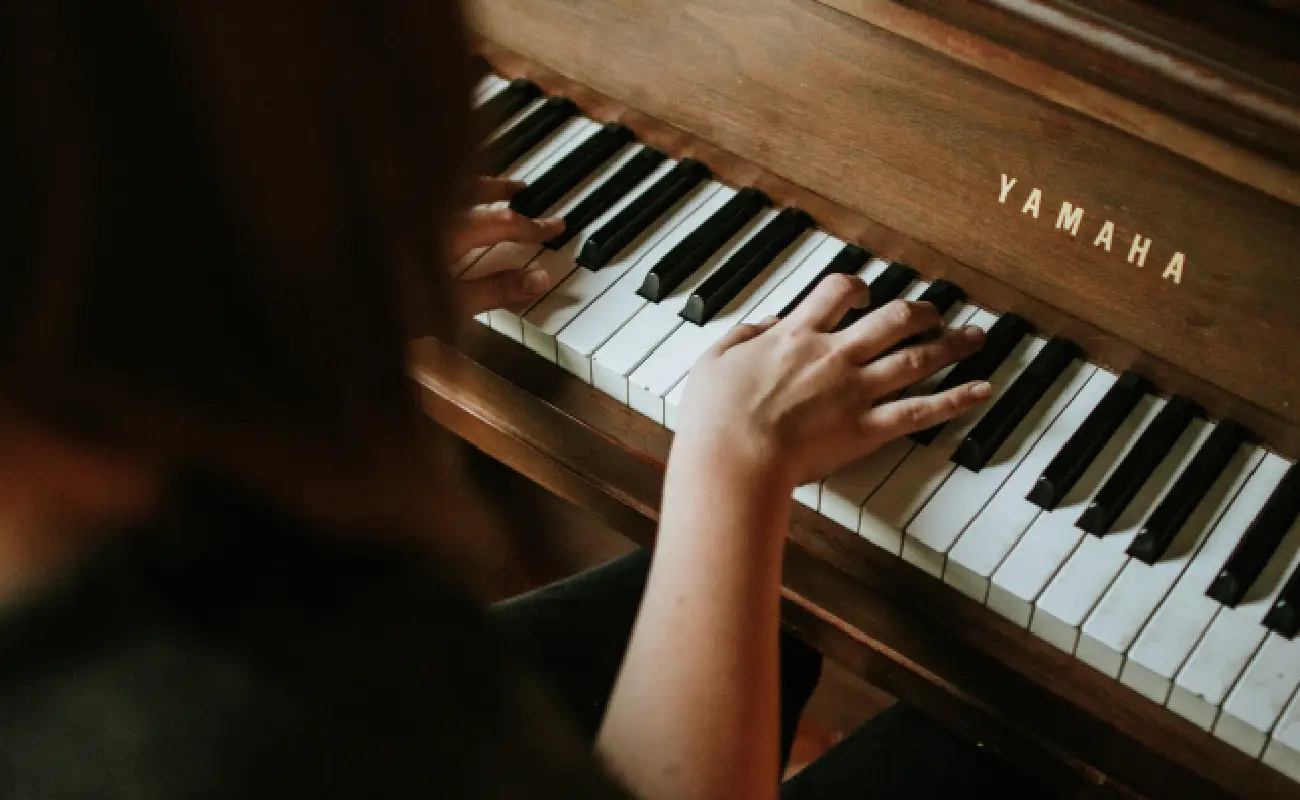
As a beginner, evaluating the piano's touch is important to improve your learning progress!
Here are some tips to choose the right piano based on how the keys feel:
- Evaluate the keys. Choose a weighted piano. Keys are good to mimic the resistance of an acoustic piano, helping develop proper finger strength and technique.
- Look for touch-sensitive keys that respond to how hard or soft you press.
- Choose keys with a smooth but slightly textured surface to avoid finger slipping while playing the piano.
- Test for even resistance across all keys.
- Check for full-size keys to avoid adjusting later when transitioning to advanced models.
- Always ask for a professional's help when testing how the piano feels!
Always ask for a professional's help when testing how the piano feels!
3. Sound Quality

Make sure to pick a piano with a realistic and clear sound that feels like an acoustic piano.
Look for at least 64-note polyphony so it can handle more complex music. Test if the sound is rich through speakers and headphones and see if you can adjust settings like tone or reverb. Of course, you need professional advice to help you spot details you might miss.
4. Features
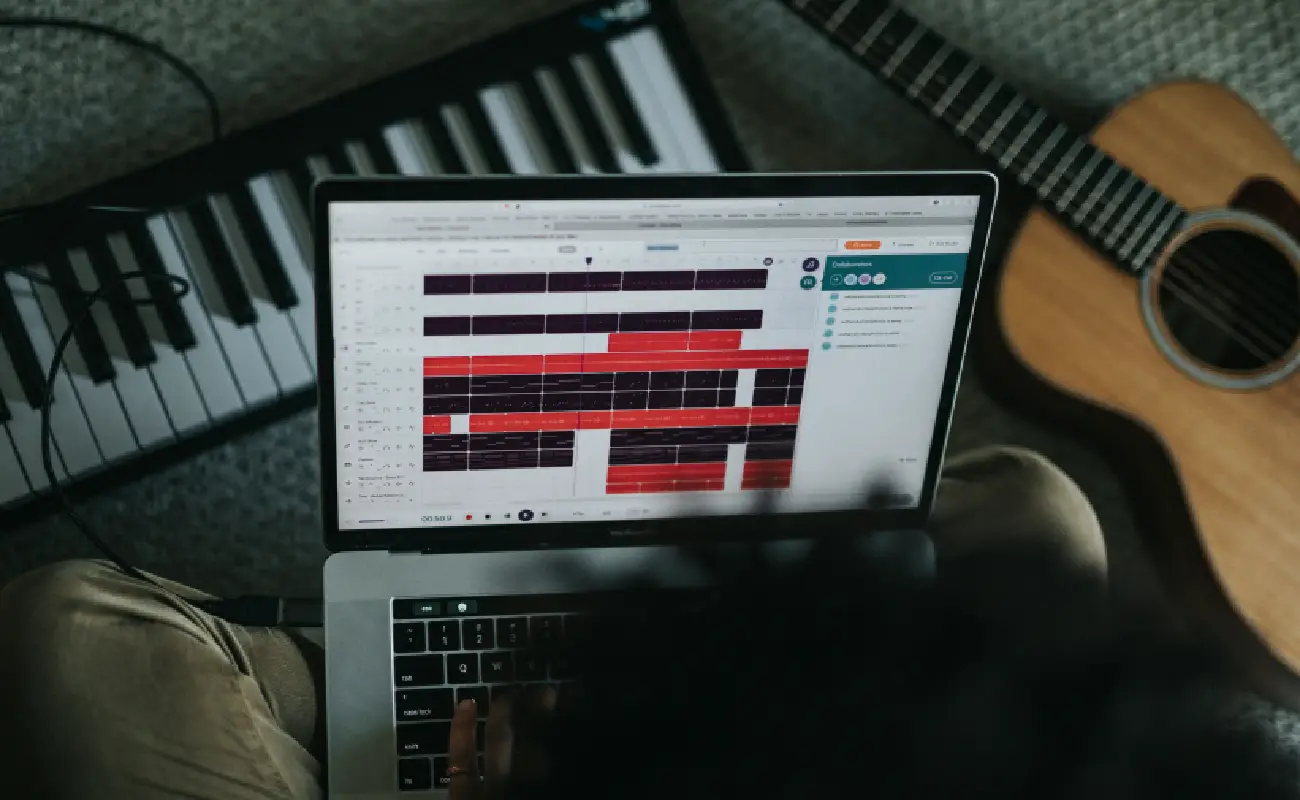
Choose a piano that has a headphone output, which allows you to practice quietly without disturbing others while ensuring clear, detailed sound.
Additional features like a built-in metronome help you as a beginner to keep a steady rhythm, while learning modes, such as split keyboard or guided lessons, make practice more interactive and effective.
Connectivity options like MIDI or USB are also great. They let you connect to apps, record performances, or integrate with other devices for a better learning experience.
5. Check Build Quality
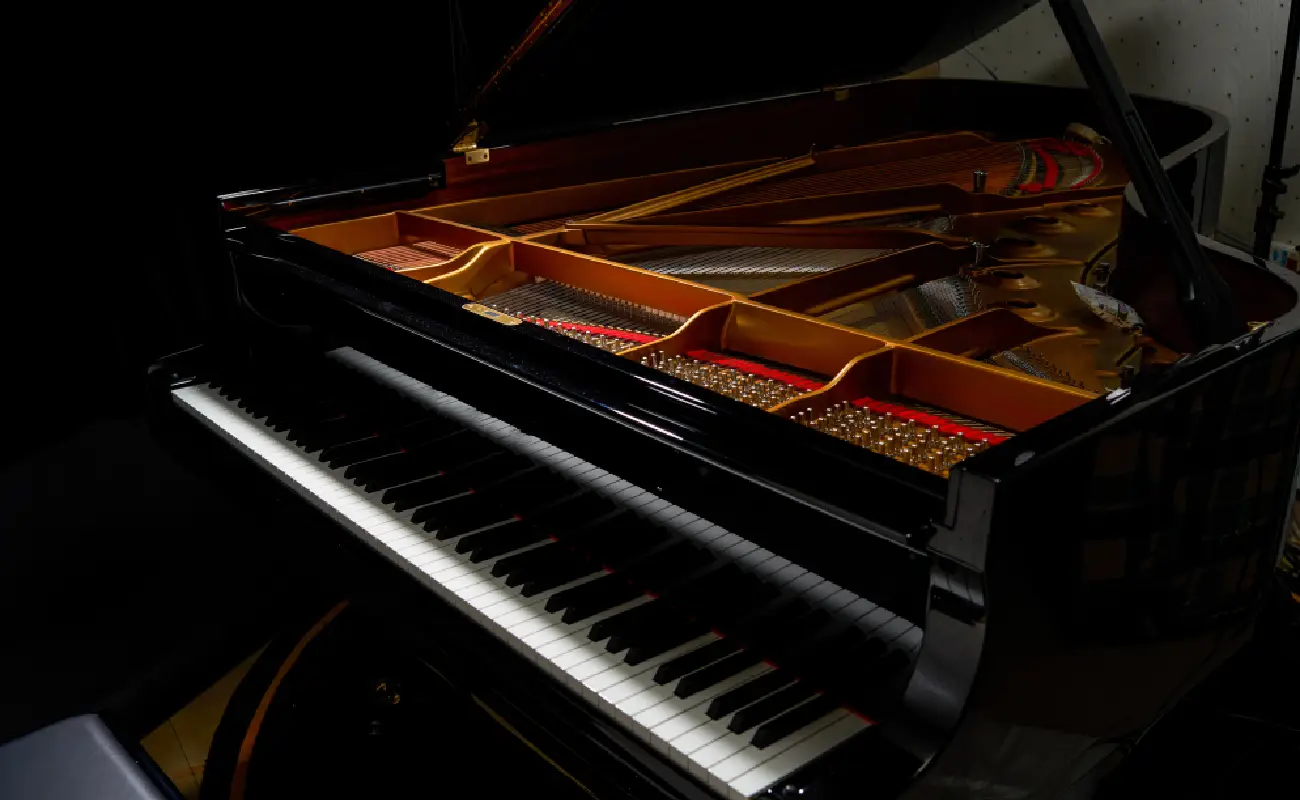
When choosing a beginner piano, look for a sturdy, well-constructed frame that can handle frequent use.
As we said before, test the stability of the keys—they should feel solid and not wobbly.
Examine the buttons, knobs, and connections to ensure they are securely fitted and responsive.
A high-quality piano and a reliable design make the piano last longer and make the overall playing experience more enjoyable and easier.
6. Portability & Space
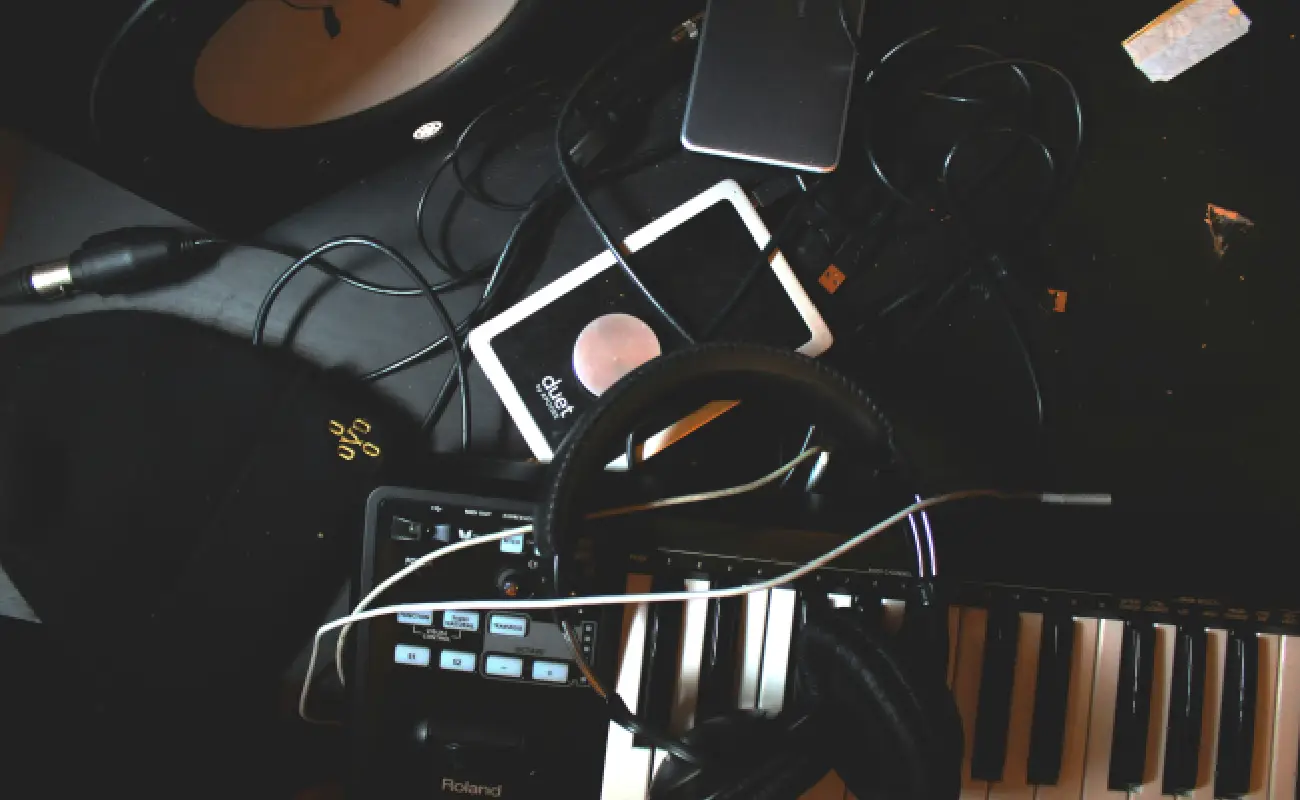
As a beginner pianist, an important consideration to make is the size of the piano. Portability and space are important, so choose a lightweight and compact model that's easy to move and store, especially if you plan to practice in different locations.
Also, look for foldable keyboard stands or designs that fit small spaces without sacrificing functionality.
7. Set a Realistic Budget

Set a realistic budget that balances quality and affordability!
We know it's tempting to go for the cheapest option, but investing in a reliable model with essential features like weighted keys, good sound quality, and durability will make your learning process faster and better!
Entry-level digital pianos typically range from $200 to $600, offering great value for beginners and with a reasonable price.
We just mentioned the best tips and steps for choosing the right beginner piano for a great musical journey!
By focusing on features like touch sensitivity, sound quality, build, portability, and extra learning tools, you can find a piano that fits your needs and space. Also, setting a realistic budget will help you get the best value without compromising on essential features. Take your time to test different models, and don’t hesitate to seek professional advice!
Let your talent shine!
Choose Your Future Piano!
